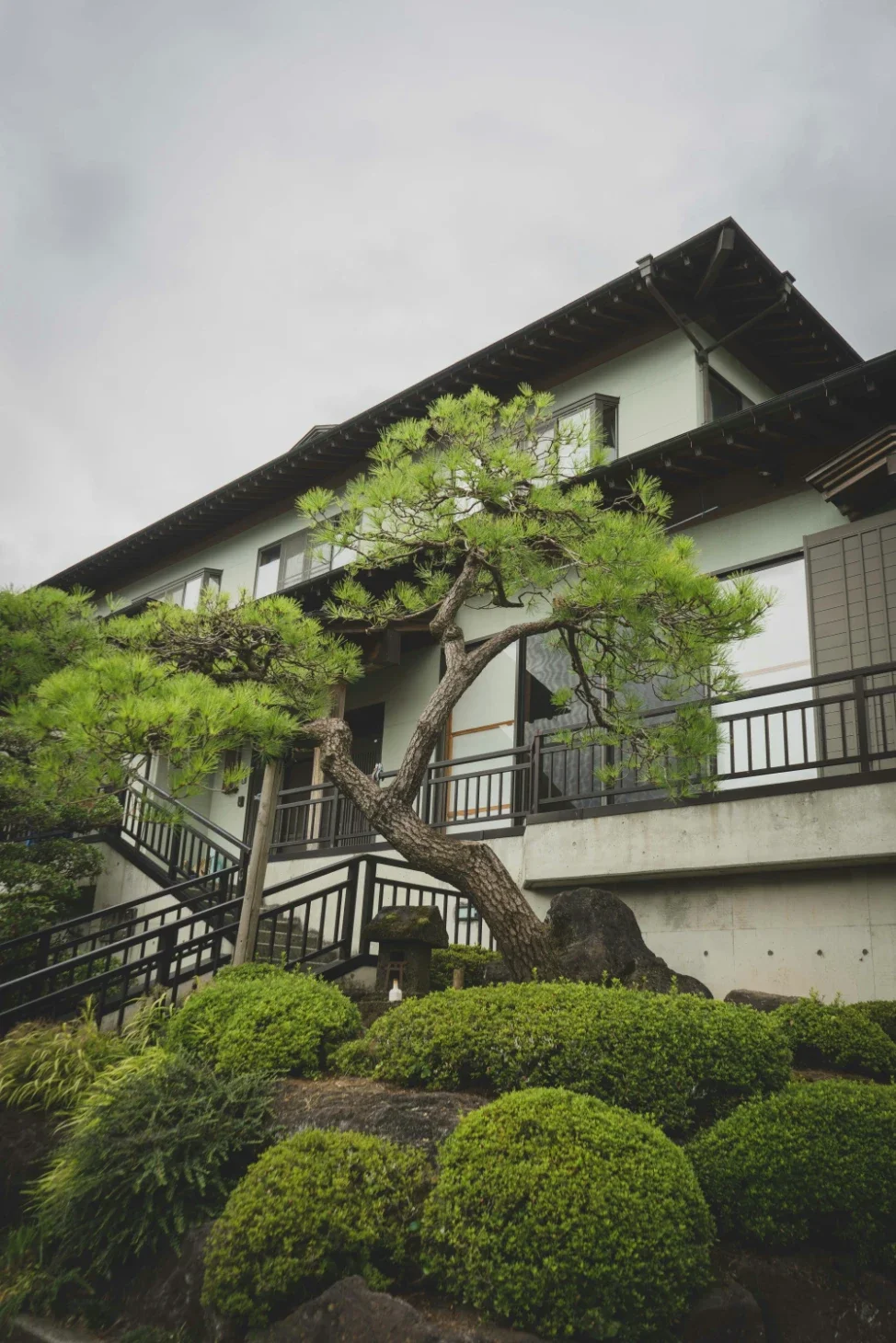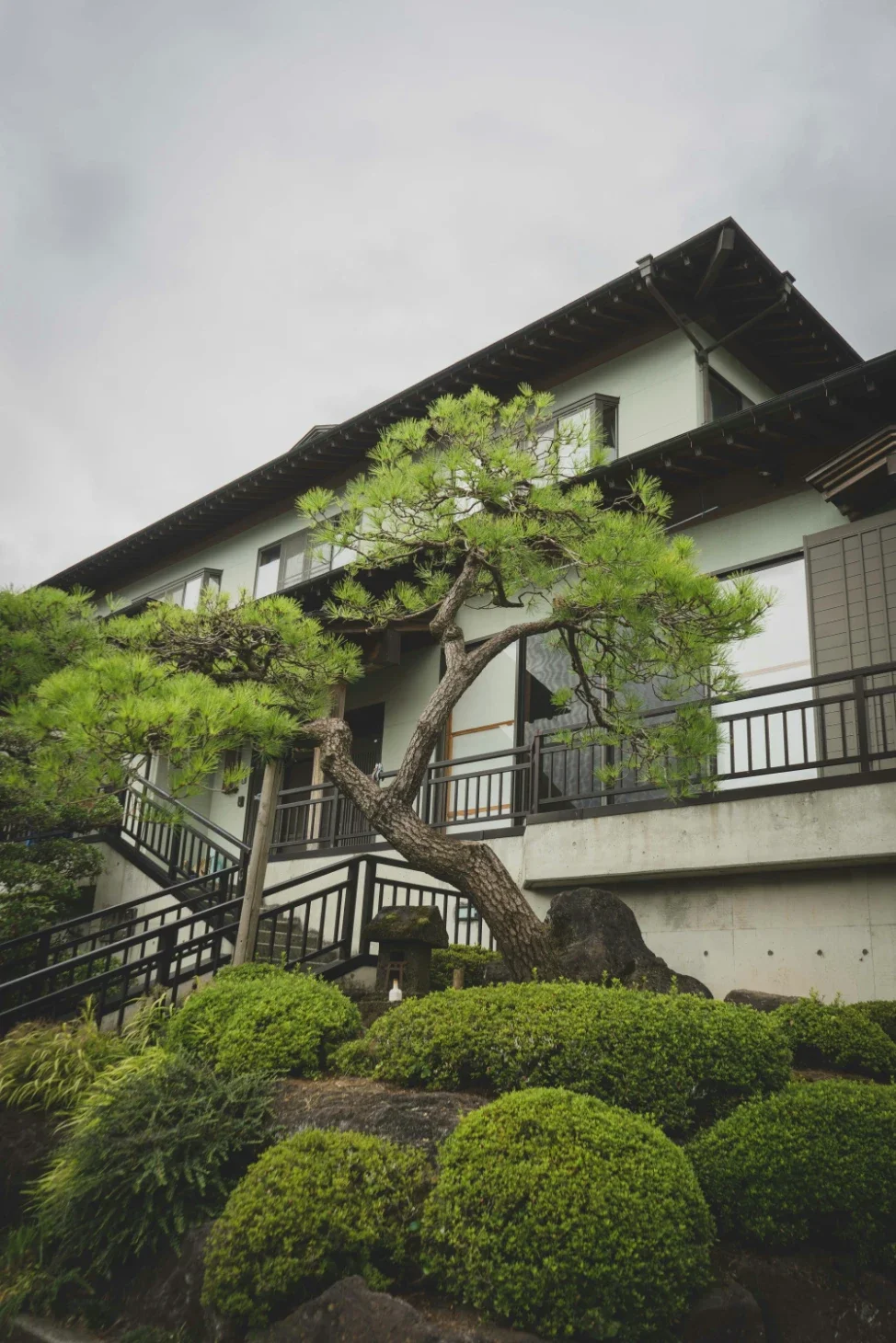Signs Your Trees Need Professional Attention
Learn the key signs that your trees need professional care, from damaged branches to poor growth, and keep your landscape healthy and safe.
Key Takeaways
Dead or dying branches pose safety risks and signal tree health decline.
Fungal growth at the tree base is a red flag for potential decay.
Sudden leaning or structural changes may indicate dangerous root damage.
Discolored or prematurely dropped leaves often point to disease or stress.
Cracks or splits in the trunk indicate critical structural compromise.
Introduction
Trees are essential to any landscape, adding shade, character, and vital ecological benefits. However, their continued health and structural integrity depend on attentive care and timely intervention. While some signs of distress are apparent, others can be subtle until they become serious hazards. Partnering with reputable tree companies ensures professional assessments and can prolong the life and safety of your trees.
Recognizing early warning signs in your trees is critical to averting risks such as property damage, falling limbs, or even total tree failure. Taking proactive steps to address tree health concerns enhances curb appeal and protects your investment in the long run. Whether you’re focused on residential or commercial properties, regular monitoring and timely care make a difference.
Ignoring signs of distress can lead to costly consequences, from emergency removals after storms to property damage repairs. Relying on certified arborists for ongoing tree care can help prevent these issues before they escalate. Homeowners and property managers benefit from understanding what symptoms require immediate attention versus those that can be monitored over time.
Remember that dangerous storms or sudden weather events can worsen existing tree problems. If you notice any acute, worsening symptoms, fast-response services like emergency tree services may be necessary to protect your property and family.
Dead or Dying Branches
Deadwood is more than just an aesthetic issue; it’s a significant safety concern for any property owner. Brittle branches, leafless in the growing season, or showing fungus are vulnerable to breakage—especially during storms or high winds. Removing these hazardous branches early prevents accidents and keeps trees healthy.
Fungal Growth at the Base
The presence of mushrooms or other fungal bodies at the tree’s root flare or base often signals internal rot or decay. Fungi feed on decomposing wood, meaning the tree's structural integrity may already be compromised. Since root and trunk decay can progress unseen, a professional arborist should immediately evaluate such growth. For more on how fungi affect urban landscapes, visit The Washington Post for a scientific perspective.
Sudden Leaning or Structural Changes
If a tree suddenly leans or shifts its posture, this may indicate root damage caused by wind, soil erosion, construction, or disease. While some trees have a natural tilt, new or worsening leaning indicates instability and potential collapse. A certified arborist can assess whether the tree can be stabilized or if removal is necessary for safety.
Unusual Leaf Discoloration or Premature Leaf Drop
Trees express stress through their foliage. Early yellowing or browning, curling, or leaf drop outside of regular seasonal changes can point to disease, drought, nutrient deficiencies, or pest infestations. Addressing leaf symptoms early can help treat root causes and restore tree vitality.
Visible Cracks or Splits in the Trunk
Vertical cracks or splits in the trunk compromise the tree’s strength and resilience. These structural failures may result from lightning, freeze-thaw cycles, or disease. Large or expanding cracks are particularly concerning, as they often lead to limb failure or whole-tree collapse. Immediate inspection and intervention are vital.
Presence of Pests
Indicators of pest infestations include small holes in the bark, sawdust-like frass, chewed foliage, or visible insects. Pests weaken the tree by feeding on its tissues and create entry points for disease. Early intervention through proper identification and targeted treatment can save the tree and curb the spread to others in the area. Learn more about signs and solutions for pest-infested trees at HGTV.
Sparse or Thinning Canopy
A dense, vibrant canopy is a hallmark of a healthy tree. If you notice unusually sparse foliage or thinning branches at the crown, underlying problems like root damage, soil compaction, or extended drought may be to blame. Prompt diagnosis and care, such as soil aeration or targeted watering, can restore tree vigor when caught early.
Root Damage or Soil Issues
Healthy roots mean stable, thriving trees. Signs of trouble include raised, exposed roots, soft or mushy areas (signifying root rot), or compacted, hard soil with little drainage. These symptoms can result from construction, heavy equipment, or poor landscape practices. Early professional intervention can correct soil and root issues, preventing further decline.
Prioritize Regular Inspections and Professional Help
Maintaining a regular inspection schedule is the best way to spot these warning signs before they lead to costly damage or hazardous conditions. Certified arborists bring a wealth of knowledge and experience to diagnosing and treating tree health concerns. Their expertise helps property owners make informed decisions about care, treatment, and, when necessary, safe removal.
Take Action to Secure the Health and Safety of Your Trees
If you notice any of the signs above, don’t wait for the next storm or season to worsen the issue. Reach out to a certified arborist for a complimentary consultation and inspection. Their support preserves the beauty of your landscape and the safety of your home and family. Regular, professional tree care is a wise investment that saves time, money, and peace of mind for years to come.



